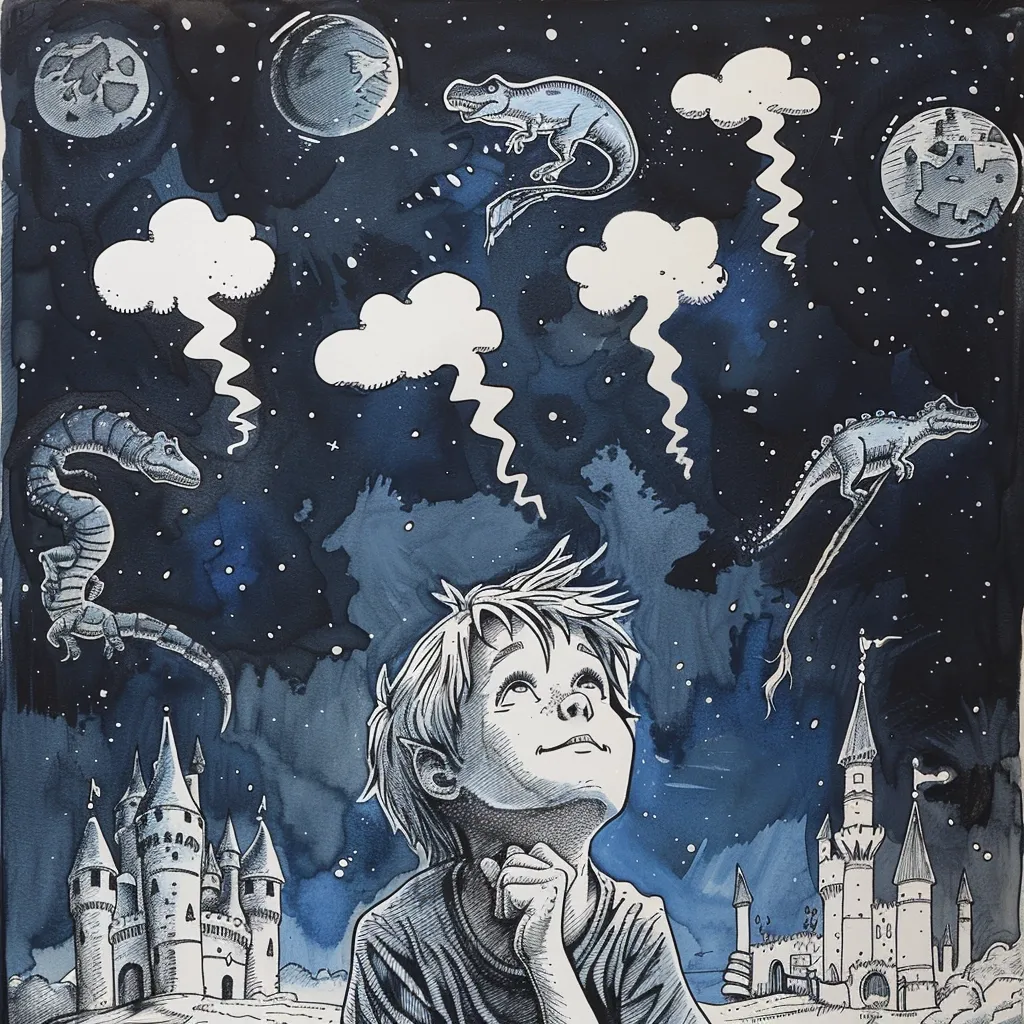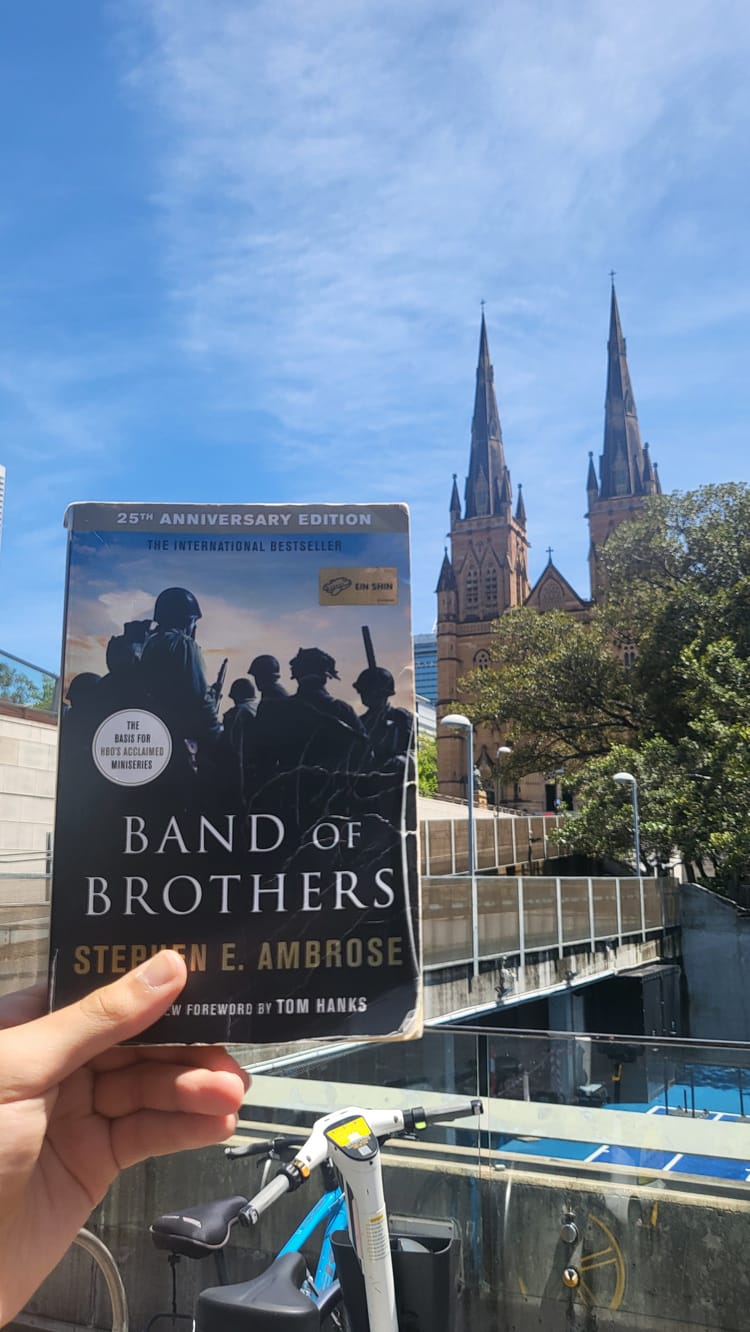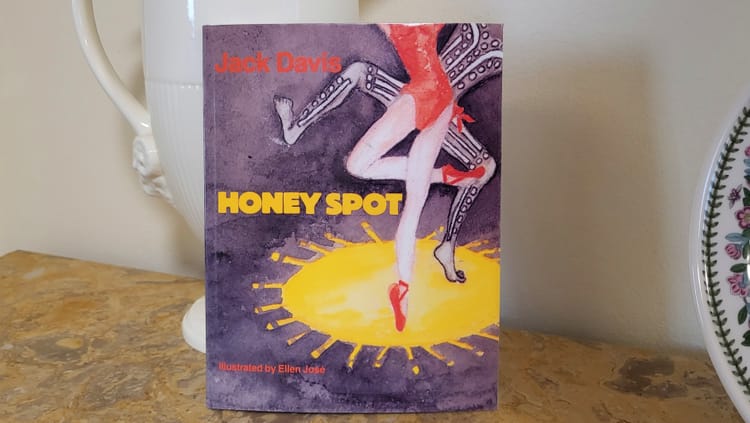To test, or not to test, that is the question! 📝

When one endeavours for entertainment, they often resort to burning their eyes with UV radiation or, more sensibly, reading a book. This book is sure to coax the reader into an alternate dimension, although this genial reading party is likely capable of collapsing. The average writing test epitomises the previous phenomenon, as most books are the opposite of what writing tests approve of. Writing tests drain generations of students’ writing skills and creativity while simultaneously questioning the true definition of writing.
Scores in writing tests are commonly assessed on some criteria: content, grammar, and vocabulary. Complex and obfuscated sentences are encouraged in these tests, thus favouring function over individual voice. Students who use bulk quantities of adjectives are also rewarded for their deeds, though they ignore the requisite show-don't-tell rule; formulaic writing is encouraged. These draconian criteria are, however, turned down by most books, where simpler terms are favoured: minimalism, the act of using short words deliberately, is a practice followed by many notable writers, such as George Orwell and Victor Hugo. Formulaic writing restricts freedom: the Great Wall of Writing tests.

Furthermore, the cause of creativity loss is various. I was required to use advanced vocabulary and conventional writing structures. An acquisitive vocabulary is encouraged when clarity is a more valuable factor than certain vocabulary. Being inculcated with a style to earn more scores rather than using creativity blocks the ordinary amount of creativity invested while completing tasks. In addition, the time limit adds insult to injury in this situation as some candidates, acknowledging the fact they may be unable to finish the test, concentrate on ticking boxes on a mark scheme. Creativity is a blessing of the world, and yet these writing tests seem to consume it.

Test writings and good writings have a similar structure, but weigh significant differences. Tests offer a limited time to finish writings, and review is almost impossible. Most good writings are manufactured with an extended time limit, enabling the writer to scan for any mistakes and review any words they feel unsure about. One of the most important aspects of writing - rewriting - is also a privilege of good writing often unavailable to test writings. Raphael produced prolific drafts of his compositions made visible by infrared examination: the art version of rewriting. Rewriting and the tools of reviewing are a luxury only available in good writings.

Writing tests are the executioner of creativity. They feature many significant dissimilitudes. This is true and false. Few writing tests facilitate creativity, but these writings are nevertheless nothing similar to good writings. Rewriting and reviewing composes an admirable writing. It is confirmed, however, that the true question lies in the differences between good writing and test writings and the hesitancy of a test-taker: “To test, or not to test, that is the question…”





Member discussion